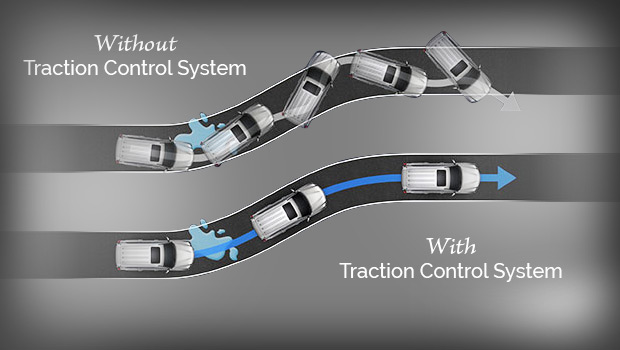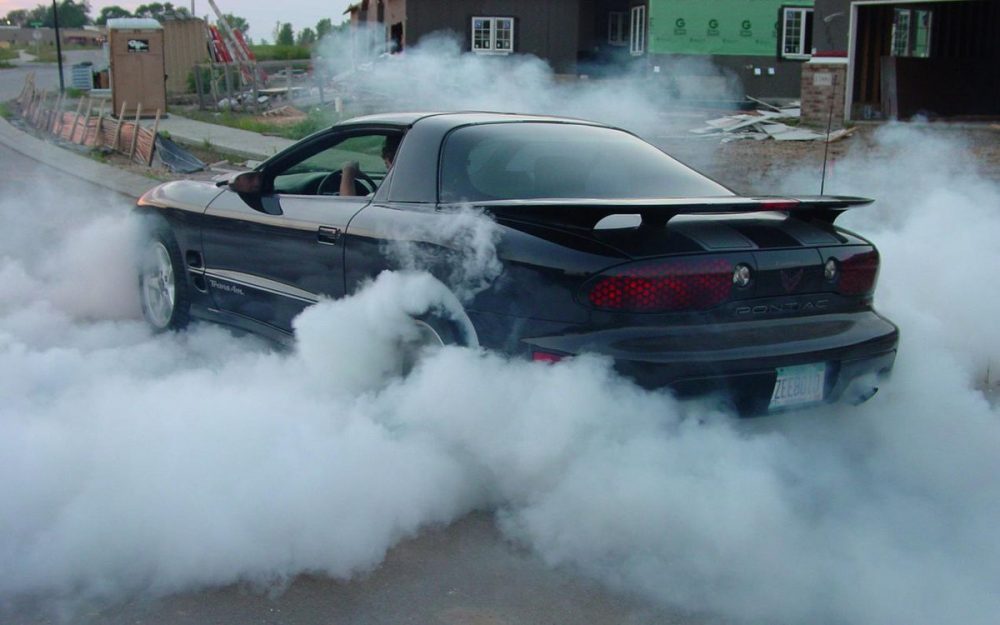With advancements in technology, the safety aspect of vehicles, be it motorcycles or cars, has increased by leaps and bounds. Some of the safety technologies were unheard of just a decade ago. In this article, we explain TC (Traction Control), Lean-Sensitive TC and LSD (Limited Slip Differential). We also look into how they influence the safety of the vehicle.
Traction Control
Below is a video that explains Traction Control in simple terms:
In modern-day vehicles, traction control systems use the same sensors employed by the ABS to check the speed on each wheel. The sensors measure the difference in rotational speed to decide if the wheels have lost traction. When the system determines that one wheel is spinning more than the others, it automatically applies the brake to that particular wheel to reduce its speed and thereby reduce wheel slip. To control wheel slip, in most cases, individual wheel braking is enough. In some cases, the TC system goes ahead and reduces engine power to the slippery wheel. Due to this, drivers may sense pulsations on the accelerator pedal when the system reduces engine power, similar to that of a brake pedal pulsating when the ABS is working.
Now, getting you out of slippery surfaces is not the only use of a traction control system. During a sharp turn, when you swerve to avoid something, Traction Control helps provide more grip, and it does this by making sure the wheels do not slip and give the driver more control of the car.

Lean-Sensitive Traction Control
Just like how Traction Control is required on cars, this safety technology is very much needed on motorcycles as well. Here is a video that aptly shows why.
The traction control on motorcycles, just like on cars, monitors the difference in wheel speed between the front and the back. If the rear wheel speed is more than the front wheel, it means the rear wheel is losing traction and will possibly lead to the rear wheel sliding. This causes loss of power as it is not being utilized, but in extreme cases, it can lead to the rider falling on or off the road. This is when the TC system cuts the power to the rear wheel and makes sure it reduces the slip, thereby giving more control to the rider.
Similarly, with advancements in technology, we now have lean-sensitive traction control. It will optimize torque delivery based on lean angle to improve bike stability while leaned, further enhancing the cornering safety. This implies that the more you lean, the more aggressive the TC system will intervene. This is also the same case in Cornering-ABS as well.
Get your car serviced at GoMechanic.

Limited Slip Differential
A limited-slip differential is a device that limits the amount of wheelspin when the wheels lose grip during acceleration. The LSD does this by distributing engine power to the wheel with the most grip, either mechanically, with electronics or through a combination of both.
This safety technology’s principle is that it offers more control over power delivery than a conventional differential. An open differential uses gears to make sure that the wheels turn at different speeds when going around corners, but it becomes a problem when there is lots of power being delivered. When power is put down on the wheels, it looks for the wheel with the least resistance, which means the tyre with the least amount of grip. If you’re heavy with the throttle, this means all the power is useless and evaporates in a cloud of smoke as the slippery tyre spins while the other tyre continues to be dead.

When you add an LSD into the mix, usually in the form of a clutch assembly, or cams, or even a viscous fluid system, this natural flow of power redistributes the engine’s torque to the tyres with the better grip. This results in reduced wheelspin for the slippery tyre. Most importantly, the car’s power is put to the road more effectively, which will boost grip and therefore aid in more cornering and acceleration performance.
These safety technologies are something that must be present in all cars and motorcycles. It is not just about the power and performance but also about how vital all safety technologies are in protecting yourself and your loved ones. If there is any other safety technology that you need to know more about, you can go ahead and let us know in the comments, and we will make sure to include them in the following article.






